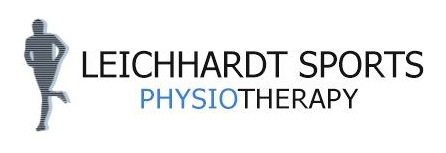Tendinopathy is primarily a clinical diagnosis made by your physio from your history and physical tests done in the clinic.
As tendinopathy is usually due to a change in tendon load, there will often be a change in your usual routine.
Common examples are increasing running distance, increased lifting or increased computer work.
Pain is usually associated with loading the specific tendon and worsens the more you load the tendon.
Although the most common way to develop tendinopathy is due to overload, it is important to remember that tendinopathy can develop due to de-adaption from a reduction in load such as bed-rest or a significant period of inactivity (‘use it or lose it’).
The most sensitive test clinically is pain on palpation over the affected tendon; however, this is not specific to the painful structure.
Both MRI and ultrasound are used to diagnose tendinopathy, with ultrasound being shown to be more accurate than MRI in multiple studies.
The primary treatment for tendinopathy is addressing the loading of painful tendon through a serious of progressive strength exercises under the guidance of your physio.
Manual therapy techniques, dry needling, taping and other treatments are also useful in providing symptomatic relief while the tendon is adapting to new the loading program.
Working through the rehabilitation program to achieve full tendon recovery can often take longer than 6 months.
Progression between stages is based on your individual symptoms, history and tendon response to the program.
We are often asked about various adjuncts that are commonly used in tendinopathy management such as anti-inflammatories, cortisone injections, therapeutic ultrasound, PRP injections.
Some evidence suggests anti-inflammatories may be useful in the early stages of tendinopathy as it may help moderate inflammation of structures surrounding the tendon (e.g. bursa or tendon sheath).
There is very limited to suggest injections such as cortisone/PRP speed up tendon recovery.
Therapeutic ultrasound also has limited evidence to support its use for the management of tendinopathy, however, there are some promising results regarding shockwave therapy.
In fact, the most effective way of managing and treating a tendinopathy is through a progressive, evidence-based, exercise program under the guidance of your therapist.

